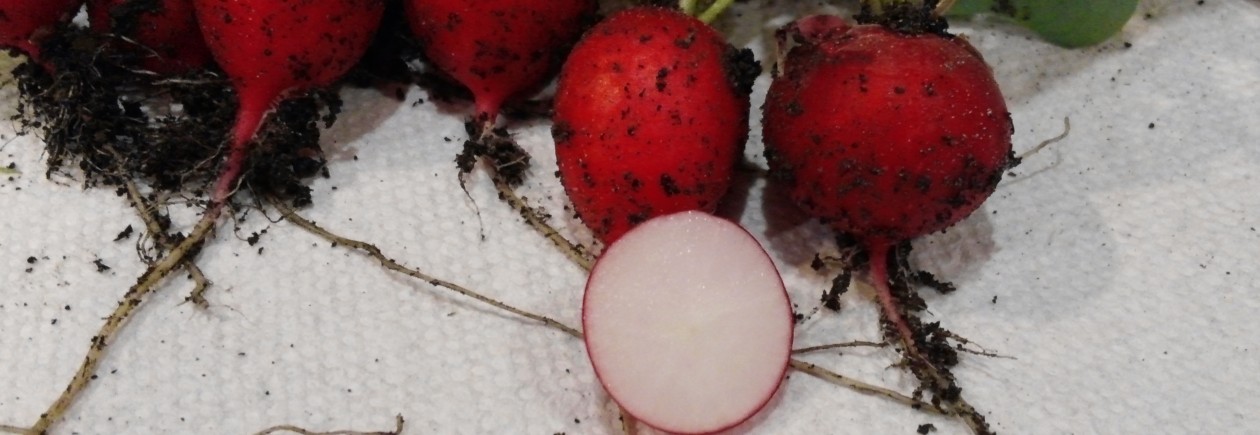Thanks for the question, Ben! Of course I have mighty big plans for the coming year – but don’t we all? I decided this coming year needs to be much better planned than last, so I took the time to figure out how much plantable space I have: 2680 square feet in the frames that are not used by things that won’t be moved (asparagus and strawberries). This does not include any of the other berries or fruit/nut trees. In addition, I currently have a number of frames tied up in garlic production, and those will not be available until at least May at the very earliest.
I have planned much of the same things for 2012 as we’ve had in years past: tomatoes, both sweet and hot peppers, onions, peas, snap beans, dry beans, brussels, cabbage, lots of herbs, broccoli, cauliflower, potatoes, sweet potatoes, cukes, okra, summer squash, zucchini, peanuts, tobacco, corn, winter squashes, melons, beets, spinach, leeks, lettuce, pumpkins, and many, many flowers (and clover) for the bees.
Now, having said that, I tried to stick to fewer varieties of tomatoes this year, but couldn’t resist a sampling of them to see what we can get to grow around here. The Cherokee Purples were doing well until the worm invasion, but we got a grand total of zero from the late plantings before I let them go in the freeze last night. The peppers performed quite admirably, and I am mostly staying with the same varieties. For the bells, I’ve selected Revolution to replace Fat N Sassy as the big blocky bell. I’ve also added pepperoncini peppers to the hot pepper mix, for pickling.
Average last front here is the second week of March, although a couple of years ago we had a freak freeze the first week of April. That’s the only time that’s happened in all the time I can recall, so the plan is to get things started this month and put them out around mid-March (coincidentally, the same time as my birthday, and I can’t imagine a better gift to myself than to be grubbing around in the dirt). The first rounds of tomatoes will be in this group, along with the first rounds of broccoli and cauliflower. Sow things like peas and cukes directly, along with lettuces. When the determinate tomatoes have finished their output, which would be June/July for most, pull those and replace with okra, since okra doesn’t care about how hot it will be. Put in the dry beans, as they’re fine in the heat. In August, restart flats in the barn with the second round of tomatoes. In September, restart flats with another round of the brassicas (broccoli, cauliflower, brussels). By now, we should be able to check in on the bees and see how much production they’ve had for the season, and harvest a bit from them. Late September/early October, plant out the flats. Later in October, plant next year’s garlic. End of the year: final harvest and cleanup. Throughout the year, successive flower planting for the bees, so there will always be something in flower for them.
That’s the goal. How closely I manage to stick to it is something we’ll have to see as we go along. The most exciting part of the year, to me, will be getting the bees to help out with pollination and seeing if we can begin harvesting some honey. And it would be nice to get a tomato or two, something we haven’t been able to do since the first year we had a garden here, due to various circumstances.
